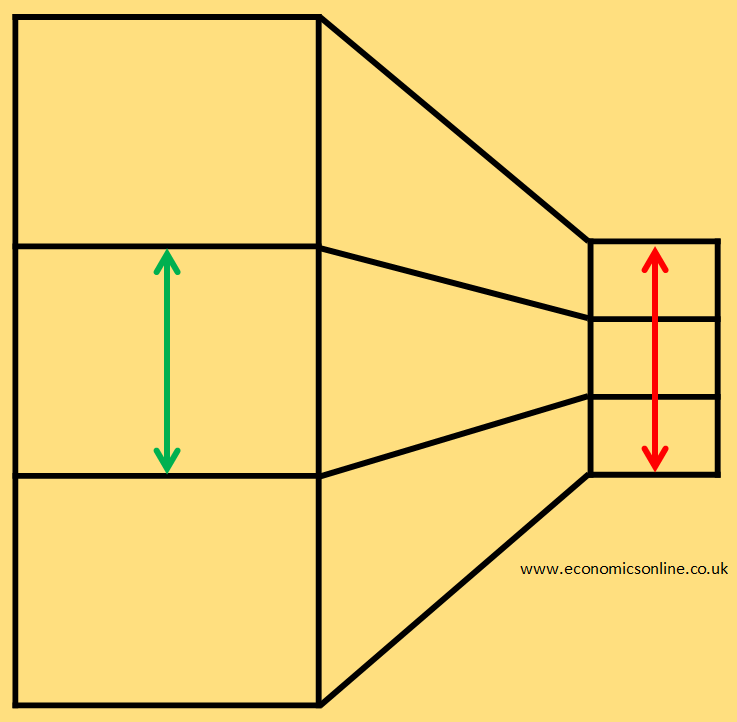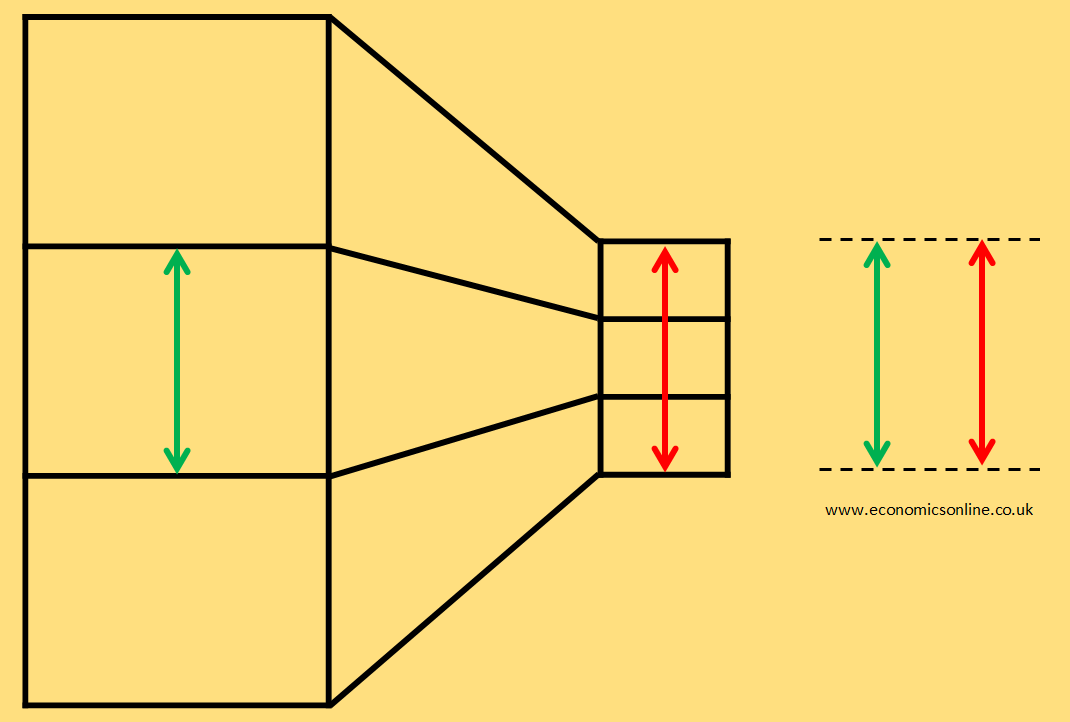
An image showing human brain.
Framing Bias: A Comprehensive Guide
What is the Framing Bias?
Framing bias is a cognitive bias that occurs when people make decisions based on how information is presented, leading to choices that may not be in their best interest.
In other words, framing bias is the tendency of people to make decisions based on the way information is presented to them, rather than on the actual content of the information. This can lead to irrational choices and wrong decision-making.
Origin of Framing Bias
Framing bias was first identified by psychologists Amos Tversky and Daniel Kahneman in the 1970s. They found that people's choices could be influenced by how information was presented to them, regardless of the content of the information. For example, when given a choice between two treatments, people were more likely to choose the one that was described as having a high success rate than the one that was described as having a low failure rate, even though the two descriptions conveyed the same information.
Understanding the Framing Bias
Let’s understand the framing bias with the help of a simple optical illusion as shown by the following diagram.

Which of the above vertical line is longer in length? Green or Red?
If you believe that the red line is longer than the green line, you are being victimised of the framing bias. The presentation of these lines in different ways is affecting your judgement about the length of these lines.
Now look at the diagram below.

Both of the lines have equal length. Our perception about the length of the line was influenced by the presentation of the lines in different ways. This is called the framing bias or the framing effect.
Now let’s consider another example of an ice-cream about which the same information is presented in two different ways as shown by the following diagram.

1% fat and 99% fat-free contain the same information. But people will tend to incline more towards 99% fat-free because of the framing bias. This is used in marketing to present the information in a way that people will make decisions in favour of the firms selling the products.
The Framing Bias in Economics
In economic theory, decision-making plays a critical role in shaping the success of individuals and businesses. However, our decisions are not always based on rational thinking. Sometimes, we make choices based on cognitive biases that lead us astray. One of these biases is framing bias. Others are the availability bias and illusory correlation out of many.
Framing bias affects the way we make decisions, particularly in situations where the risks and rewards are uncertain. Our decision-making process can be influenced by the way information is framed, leading to choices that may not be in our favour.
Examples of the Framing Bias
Losses and Gains
One example of thee framing bias is the way people react to losses and gains. Research has shown that people are more sensitive to losses than gains, which means that the way a decision is framed can affect the level of risk people are willing to take. For instance, if an investment opportunity is presented as a potential gain of $1000 or a potential loss of $500, people may be less likely to take the risk than if it is presented as a potential gain of $500 or a potential loss of $250.
Similarly, if an investment opportunity is framed as having a 90% chance of success, we may be more inclined to invest in it than if it is framed as having a 10% chance of failure, even though the two statements convey the same information.
Investment in Technology
Another example of framing bias is the way people perceive probabilities. Research has shown that people tend to perceive small probabilities as being closer to zero than they actually are. For example, if the probability of an event occurring is 1 in 100 (1%), people may perceive it as almost impossible or negligible.
This can lead to underestimating the likelihood of events happening, which can result in poor decision-making. For instance, suppose a company is considering investing in a new technology with a 1% chance of success. If the decision-makers perceive the probability as negligible, they may dismiss the idea without fully evaluating its potential. On the other hand, if they accurately perceive the probability as 1%, they may decide to invest in the technology if the potential benefits outweigh the costs.
Avoiding the Framing Bias
While framing bias can be difficult to overcome, there are ways to mitigate its impact.
Be Aware of the Framing Bias
The first step in avoiding framing bias is to be aware of it. Knowing that the way information is presented can influence our decision-making can help us to be more conscious of our thought process and to question the framing of the information.
Consider Multiple Frames
When making decisions, consider multiple frames or perspectives to avoid being swayed by a single frame. This can help you to gain a more balanced and objective view of the situation.
Look for Accurate and Unbiased Information
Seek out accurate and unbiased information to make decisions. Try to look beyond the framing of the information and focus on the actual facts and data.
Use Quantitative Analysis
Quantitative analysis can help to overcome framing bias by focusing on the actual numerical values of the information. By using quantitative data, you can evaluate the information without being influenced by the way it's presented.
Conclusion
Framing bias is a cognitive bias that affects the way we make decisions in economics. It can alter our perception of risk and reward, leading to poor decision-making. By understanding framing bias and its effects, we can take steps to mitigate its impact and make more rational decisions. It is important to remember that our decision-making is not always based on logic and reason. By being aware of cognitive biases like framing bias, we can improve our decision-making abilities and achieve greater success in the field of economics.

